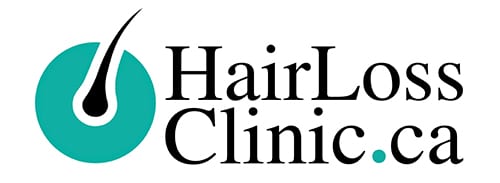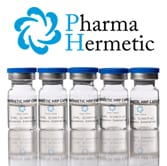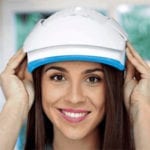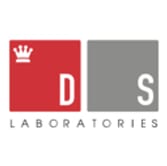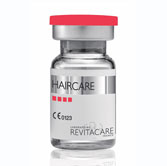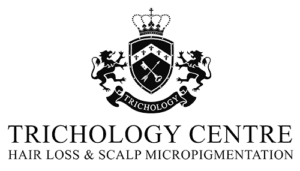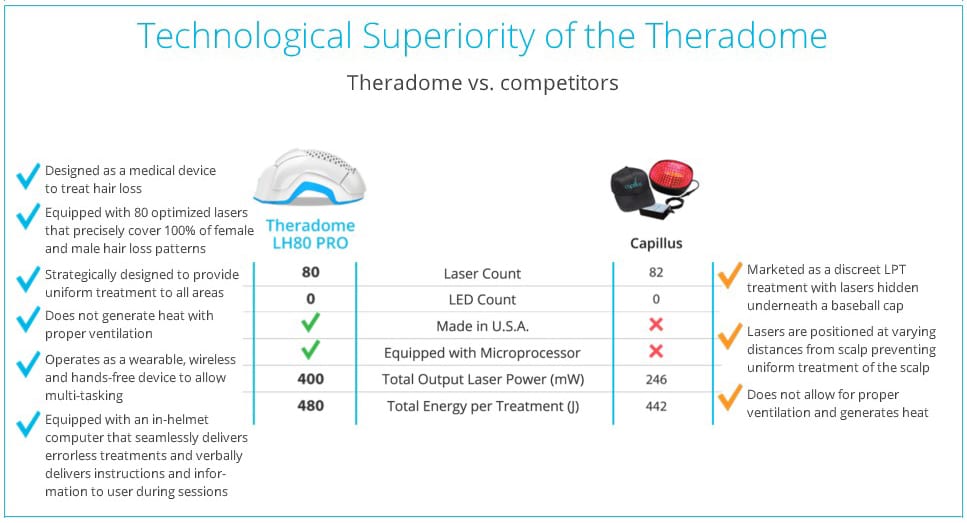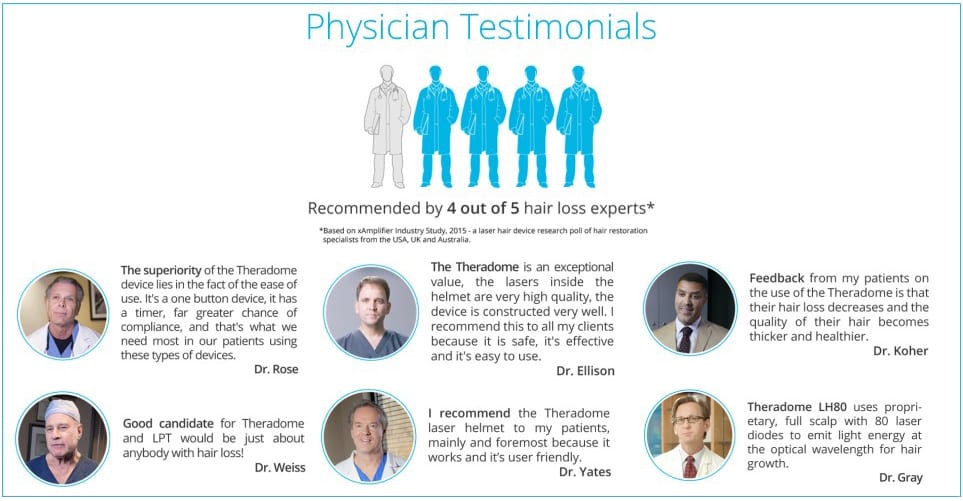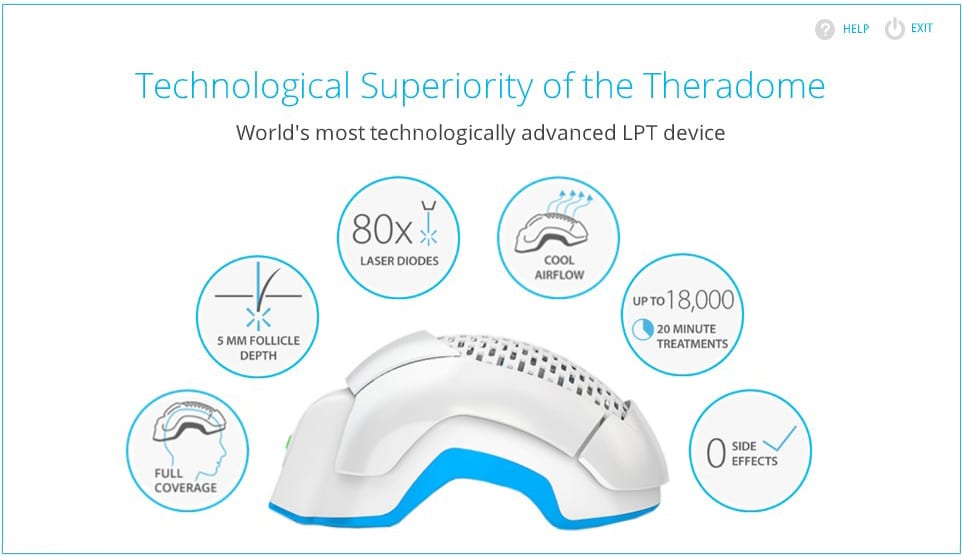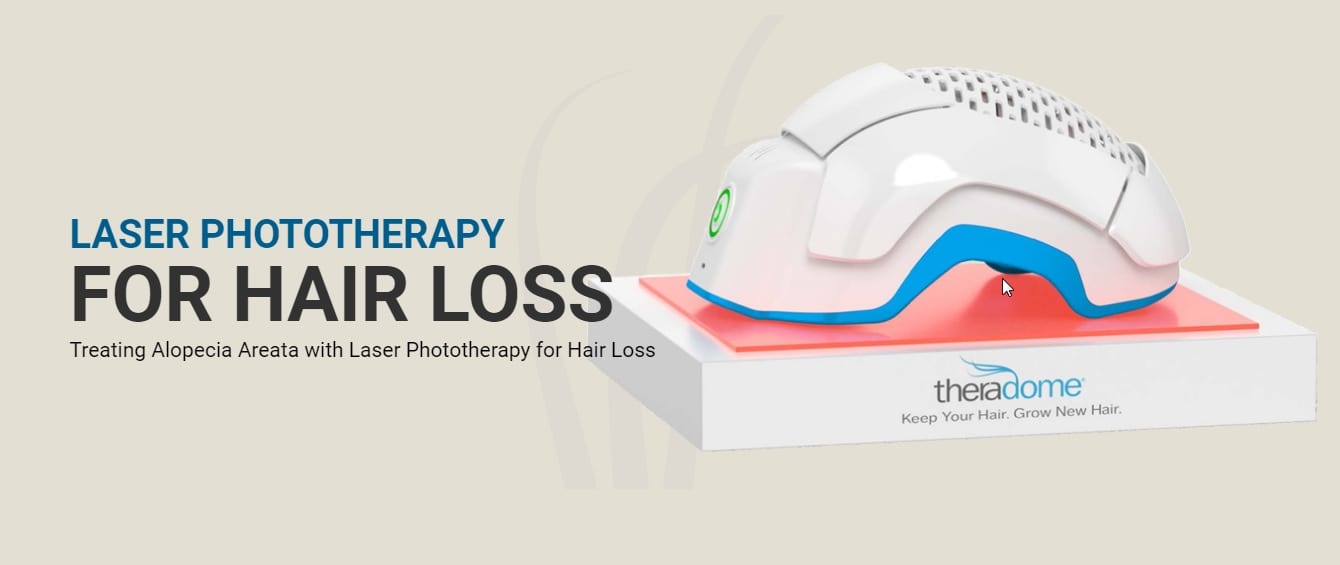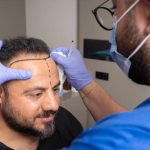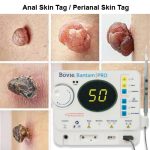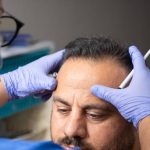Laser Light Therapy for Hair Loss: Effective and Safe Treatment | THERADOME
Low level laser therapy, or LLLT, is a form of treatment used to address hair loss caused by genetics, such as male and female pattern balding. This type of therapy is tailored to those with thinning hair or hereditary-related hair loss.
History of LLLT as a hair loss therapy
Since the 1960s, NASA researchers have studied the effects of LED and cold laser light on plants and human tissue. They found that this low level laser therapy helps to accelerate healing and growth, and since then, it has been used for many medical purposes. It has been found to be effective for wound healing, nerve regeneration, reduce pain, aiding in stroke recovery, and preventing and treating mucositis. Devices that produce a low power, single-colored red light have been developed to treat various skin issues.
In 1967, while attempting to find out if LLLT caused cancer, the Hungarian researcher Dr. Endre Mester noticed something unexpected when comparing two groups of mice he was experimenting on. One group was exposed to a low intensity red laser light of 694nm, and the other wasn’t. It turned out that the mice which were exposed to the light grew back their fur faster than the other group, although it didn’t cause cancer. This finding was called laser biostimulation.
LLLT VS RED LIGHT THERAPY
Low-Level Laser Therapy (LLLT) and red light therapy are sometimes conflated, but they are not identical. LLLT is a medical treatment that uses low-level lasers or light-emitting diodes (LEDs) to support cellular processes in the body, and is employed to address a range of issues such as joint pain, wound healing, and balding.
Red light therapy, however, is a broader term that covers the use of red and near-infrared light to improve skin health, battle inflammation, and optimize athletic performance. Red light therapy is delivered through a variety of gadgets such as LED panels, lasers, and lamps.
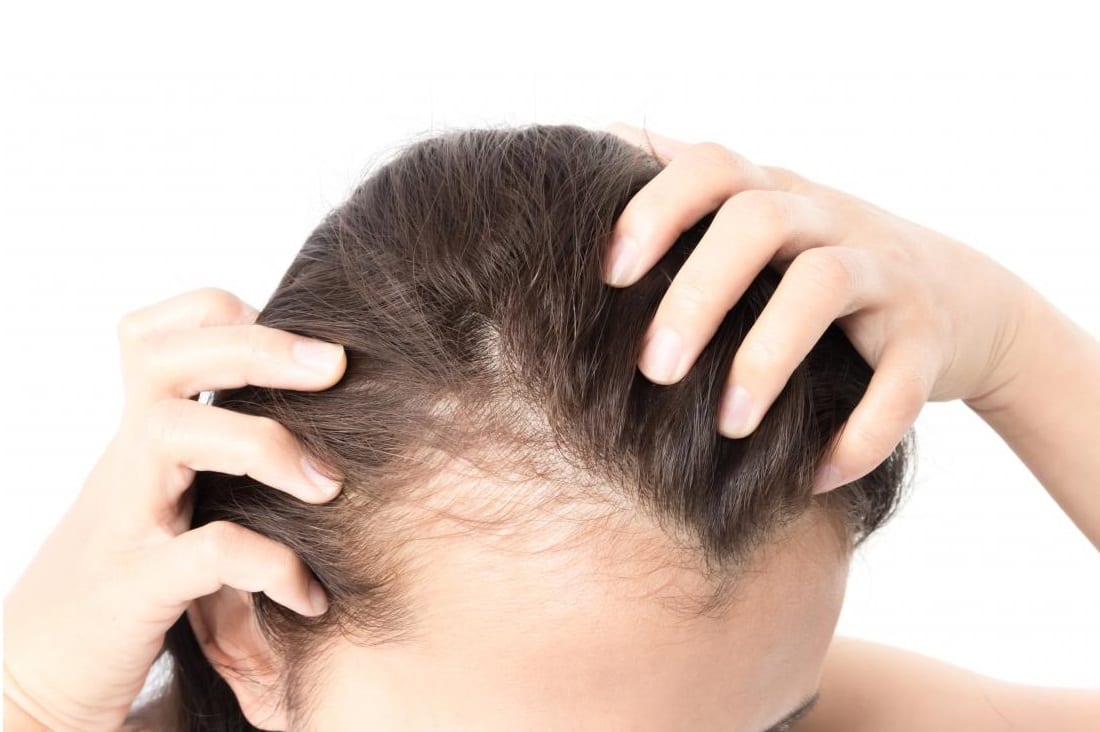
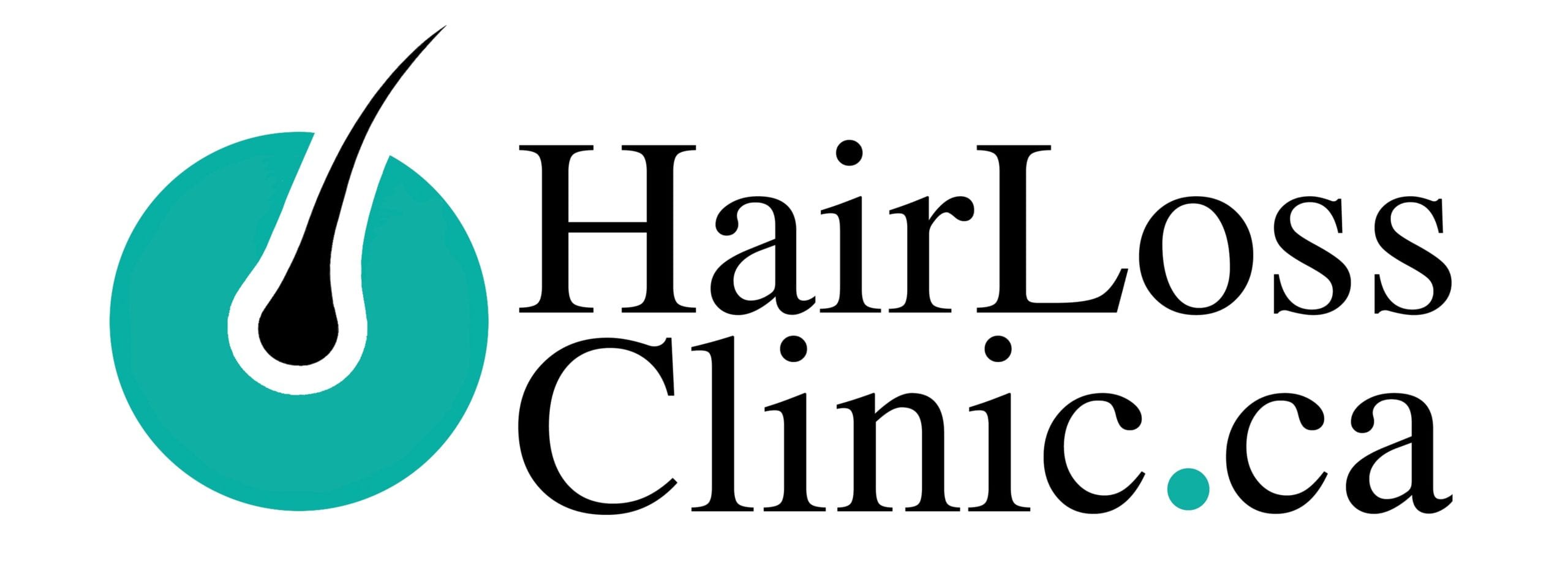

How does Laser Hair Therapy regrow hair?
The hair growth process is divided into three sections: anagen (growth), telogen (resting) and catagen (shedding). Using a Low-Level Laser Therapy (LLLT) device, scalp tissue is exposed to light that is within the 630 to 670 nanometer range, resulting in increased blood flow to the scalp and activation of the metabolism of follicles in the catagen and telogen stages, which leads to the production of new anagen hair.
LLLT causes these three things to happen when the light beam penetrates the scalp:
- Light energy stimulates the cytochrome C oxidase enzyme, causing ATP to be created. This ATP is then changed into cyclic AMP in the hair follicle cells, which supplies the energy necessary to initiate metabolic processes that result in hair growth.
- The emission of nitric oxide from cells causes an increase in the flow of blood supply to the scalp, providing essential nutrients and oxygen to the hair follicles.
- LLLT seeks to improve the consequences of the DHT hormone by activating the cellular functions associated with hair growth. This hormone is the main factor of hereditary hair loss and is the root of male and female pattern baldness.
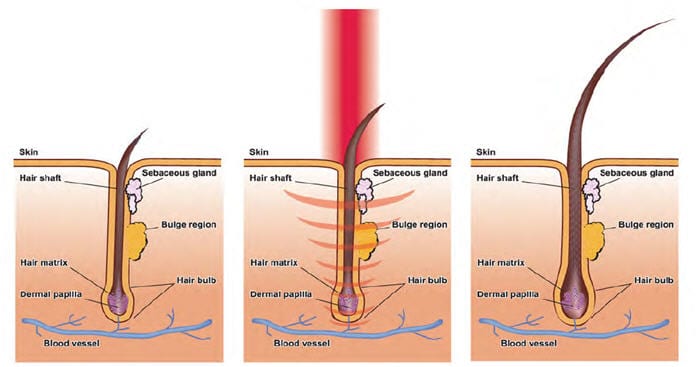

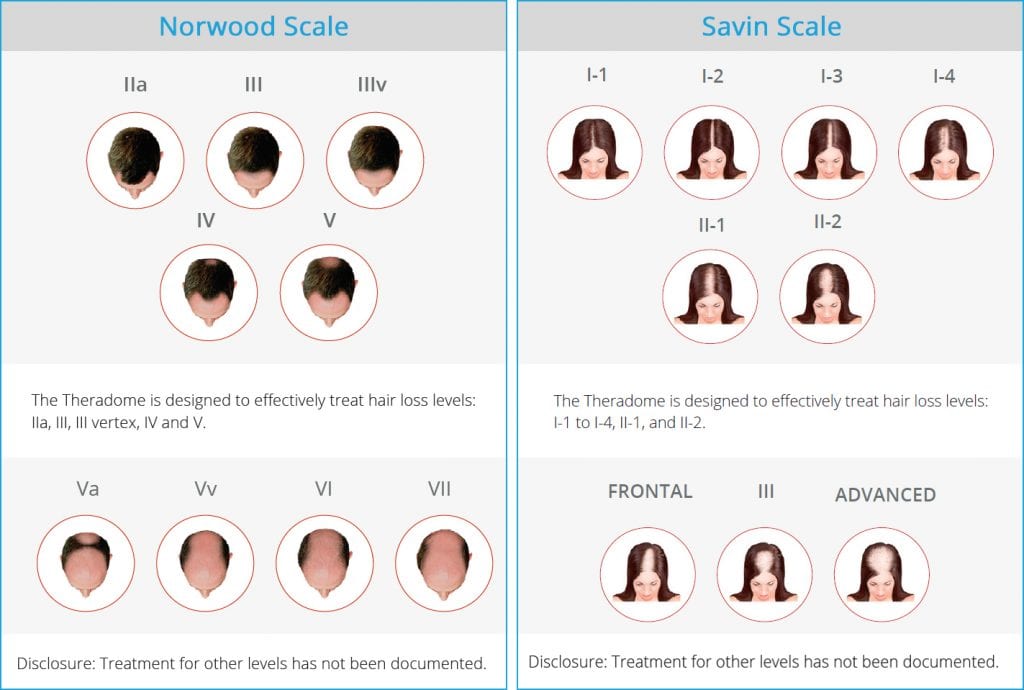
What are the benefits of laser therapy for hair loss?
Using Low Level Laser Therapy (LLLT) to treat hair loss provides numerous advantages. This treatment delivers more nourishment to the hair follicles, aiding in the development of new hair and making existing strands more robust and voluminous.
- LLLT is painless
- LLLT can be used in both men and women
- LLLT is noninvasive (non-surgical)
- LLLT is safe and no adverse effects have been reported
- LLLT requires minimal time commitment
- LLLT is relatively inexpensive
- LLLT helps stop hair loss
- LLLT helps to regrow hair and increase existing hair thickness and strength
- LLLT helps rejuvenates damaged follicles
Clinical studies have found that after a period of 12 to 26 weeks, some people have reported a decrease in hair loss and an increase in hair growth, particularly on the scalp and along the hairline.
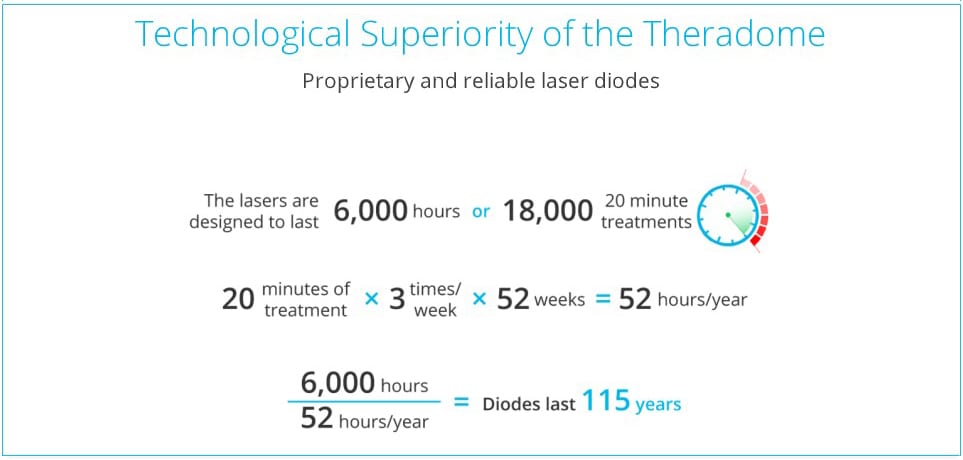
PORTABLE LASER COMB VS PROFESSIONAL IN-CLINIC LLLT HAIR GROWTH MACHINE VS LASER HELMET
How is low level laser hair therapy administered?
Since the introduction of low-level laser therapy (LLLT) for hair restoration, a large number of products have been developed for this purpose. These can be divided into three main groups: laser combs, laser helmets, and professional-level machines for use in clinics.
PORTABLE LASER COMB
Small, commonly battery-powered laser combs that direct light onto the scalp are becoming increasingly popular to help stimulate hair growth. These devices provide light energy to the follicles and can help thicken existing hair and encourage new growth. Many different manufacturers and suppliers offer laser combs, such as Hairmax, Wellay, Power Grow, Lifemax, and Folinex, with prices ranging from $200 to $300.
In 2009, a study testing the efficacy of the HairMax LaserComb in treating male pattern baldness was conducted on 110 participants over 26 weeks. Results showed that the LaserComb group experienced significantly greater hair growth than the placebo group.
Image Above Right: Male and female pattern hair loss before and after lasercomb treatment. Global photographs of a female subject, at baseline (a) and after 26 weeks (b) of the 12-beam lasercomb treatment. Macrophotographs of a male subject, at baseline (c) and after 26 weeks (d) of the 9-beam lasercomb treatment. Increased hair count through conversion of vellus or intermediate follicles to active follicles producing terminal hair (ovals) or resting telogen to active anagen follicles (rectangles) is highlighted.
“We observed a statistically significant difference in the increase in terminal hair density between lasercomb- and sham-treated subjects. No serious adverse events were reported. Our results suggest that low-level laser treatment may be an effective option to treat pattern hair loss in both men and women. Additional studies should be considered to determine the long-term effects of low-level laser treatment on hair growth and maintenance, and to optimize laser modality.”
https://www.ncbi.nlm.nih.gov/pmc/articles/PMC3986893/
Prior to investing in a laser comb, it is important to assess the extent of alopecia to determine if the device will be effective. It is not designed to work on completely bald heads, but can be useful in stimulating and strengthening hair follicles that are not overly damaged. Reviews of laser combs are mixed, and they do not guarantee success for all users.


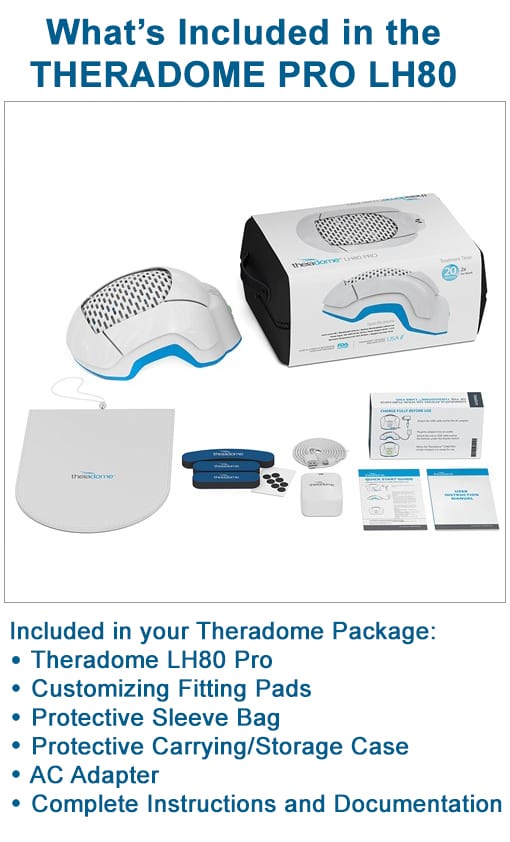
PORTABLE LASER HELMET
Laser helmets and combs both utilize lasers for hair growth, but helmets provide a better advantage: their many laser diodes cover a larger area more quickly and easily than a comb. As a result, helmets are more effective in preventing hair thinning and are available from a variety of manufacturers, with Theradome® Laser Hair Growth Helmet being a popular option.
4 OUT OF 5 HAIR LOSS PROFESSIONALS RECOMMEND THE THERADOME LH80 PRO
The Theradome laser hair growth helmet is a preferable choice over a laser comb or laser band due to its ease of use; it is cordless and requires no hands-on operation, and it covers the entire scalp. This allows you to do other relaxing activities while undergoing the laser treatment, such as watching TV or reading a book.
The Theradome laser has the capability to reach the hair follicles beneath the scalp with a frequency of 680 nm and an optimal energy dosage for a 20-minute hair growth treatment. Its laser beams are able to penetrate up to 5 mm deep into the scalp, providing a continuous and steady dosage of the optimum energy throughout the duration of the treatment.
Compared to a laser comb/brush, our laser device offers significantly higher coverage, with a wavelength of 650 nm that produces more effective results. Additionally, it does not require constant manual manipulation, allowing for a more consistent and extensive dose to be administered. Our device is 427 times more powerful than the laser comb/brush.
Using a laser band can be exhausting and disruptive, as it requires constant re-positioning every half-minute. Our product is 57 times more efficient, allowing you to move freely without sacrificing effectiveness.
A physician has endorsed Theradome® as an at-home laser hair growth treatment that is both effective and safe. This product has been cleared by the FDA and has seen positive results in clinical studies and other research. Additionally, the device is manufactured in Silicon Valley using 680 nm lasers, which are more effective than the 650 nm lasers produced in China.
CONCLUSION
Clinical evidence has shown that laser therapy is an effective way to fight hair loss and thinning. Laser combs have been helping people regrow their hair, but the next step up is a laser helmet, which has more diodes and a greater area of coverage. If you’re interested in the Theradome promotion, check out the pricing page, or give us a call at 647-492-9093 if you have any questions or would like to purchase the Theradome LH80 Pro.
FREE ONLINE HAIR LOSS ASSESSMENT FORM
Are you experiencing any hair loss or scalp issues? Get a Certified Trichologist to assess and help treat your condition in Toronto and Greater Toronto Area. Please complete our online Trichology Assessment Form to get started now.
ADDRESS
Toronto, 225 Wellesley St East #5
Thornhill/Markham: 7191 Yonge St #701
PHONE
(647) 492-9093
hairlossclinic.ca@gmail.com
WORKING HOURS
Mon-Sat 10.30 - 8:00
Sunday CLOSED
Comments are closed.
